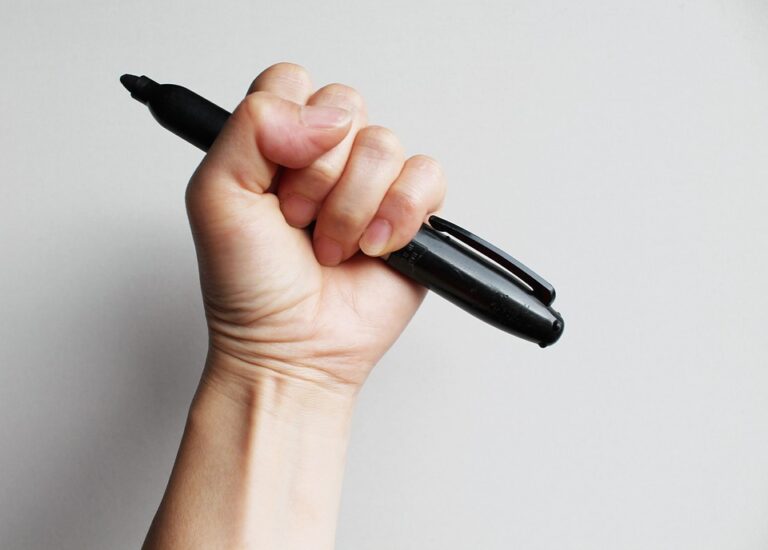
In a world where digital screens dominate our daily communication, the humble pen remains a revered tool, steeped in history and imbued with significance. The evolution of pens is not merely a tale of technological advancement; it reflects the very essence of human expression and creativity. From ancient reeds to modern fountain pens, the journey of the pen is one that merits exploration.
1. Ancient Beginnings: The Birth of Writing Instruments
Long before the ink flowed freely from our modern pens, early humans relied on rudimentary tools to etch their thoughts and ideas onto surfaces. The first writing instruments emerged in the form of pointed sticks or reeds, used to inscribe symbols on clay tablets or papyrus. The ancient Egyptians, for instance, crafted their first writing tools from papyrus plants, while the Sumerians employed sharpened reeds for their cuneiform script.
This early experimentation with writing instruments raises an intriguing question: What drove these early civilisations to document their thoughts? Perhaps it was a desire to communicate, to record events for posterity, or merely the need to organise their burgeoning societies. Regardless, the pen’s lineage can be traced back to these primitive yet profound beginnings.
2. The Ink Revolution: From Quills to Fountain Pens
As societies evolved, so too did the tools of writing. The quill pen emerged in the Middle Ages, fashioned from the feathers of birds such as geese or swans. This ingenious invention allowed for greater precision and fluidity in writing, ushering in an era of flourishing literature and artistry. Writers like Geoffrey Chaucer and William Shakespeare wielded quills that not only shaped their words but also the very fabric of English literature.
However, the quill’s limitations soon became apparent. The need for a more consistent ink flow led to the invention of the fountain pen in the 19th century, which offered a reservoir to hold ink, allowing for a smoother writing experience. The renowned penmaker, Lewis Waterman, is credited with perfecting the fountain pen design in 1884, which revolutionised writing and made it more accessible to the masses.
3. The Ballpoint Breakthrough: Practicality Meets Popularity
By the mid-20th century, the ballpoint pen emerged as a game-changer in the world of writing instruments. Invented by Laszlo Biro, this innovation replaced the fountain pen’s ink-filled reservoir with a tiny ball bearing that dispensed ink as it rolled across the page. The practicality of the ballpoint pen, coupled with its affordability, made it a staple in schools, offices, and homes around the globe.
Yet, one must ponder the cultural implications of such a transition. Did the rise of the ballpoint pen signify a shift in how we engage with the written word? With its emphasis on speed and convenience, has the pen’s role as a tool of artistry and reflection diminished?
4. Pens in the Digital Age: A Paradox of Persistence
Despite the surge of digital communication—emails, instant messaging, and social media—the pen remains an enduring symbol of creativity and personal expression. Studies have shown that writing by hand can enhance cognitive retention and stimulate creativity. In a world increasingly dominated by the ephemeral nature of digital text, writing with a pen can feel like a personal act, a tactile connection to our thoughts.
Moreover, the resurgence of interest in fountain pens and artisanal writing instruments hints at a yearning for authenticity in an age of automation. Enthusiasts gather at pen shows, sharing tips and showcasing their prized possessions, affirming that the pen is far from obsolete; it has simply adapted to a new landscape.
A Timeless Tool of Expression
The evolution of pens is more than a narrative of technological advancement; it encapsulates the human spirit’s innate desire to communicate and create. From ancient quills to modern ballpoints, each iteration has left its mark on history, shaping not only the way we write but also how we connect with one another. As we navigate an increasingly digital world, the pen stands as a reminder of the beauty of the handwritten word—a tool that bridges the gap between thought and expression.
At BargainsTrust, we are committed to bringing you a curated selection of quality goods that celebrate the art of writing and beyond, ensuring that you find the perfect pen to express your unique voice.






